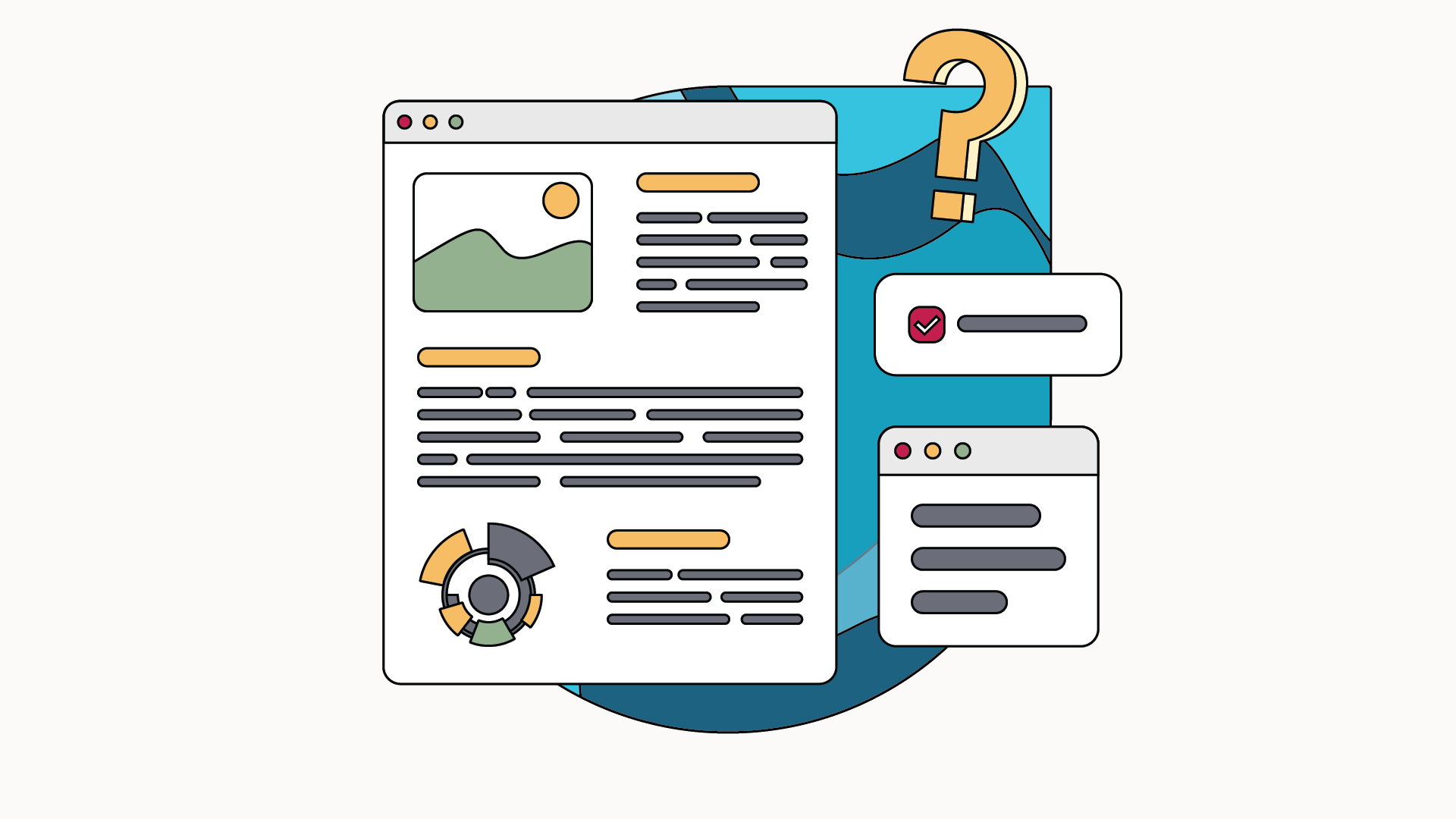The Blended Learning is a training system combining face-to-face and autonomous distance learning. It also involves other concepts such as rapid learning, scripted digital learning, face-to-face training, Social learning, the Serious Games or even the virtual classroom.
This type of training has many advantages: the learner is quite autonomous in his learning, and blended learning, thanks to the advent of digital technology and its lot of data, now makes it possible to have valuable information at his disposal in order to offer employees training courses that precisely meet their expectations and needs.
However, it is not always easy to succeed in your training. To achieve this, a good methodology is needed. Here are some tips for people who want to set up blended learning training.
Step 1: Establish a road map
The road map corresponds to the objectives of the training plan in blended learning, namely the skills to be acquired by learners, the tools to use, the total time of the training, the quantity of modules and the processes for collecting feedback.
-> What actions should be put in place?
- Define the road map;
- Make a final assessment of the end of the training.
Step 2: Take advantage of the power of digital
In order to make face-to-face training more fun, it is interesting to use digital innovations:
- The interactive lesson plan, very practical for standardizing the training provided by different trainers and better managing intervention schedules and times.
- Les educational games that make it possible to dynamize the sessions thanks to interactive face-to-face elements. We thus find the concepts of ice-breaker for certain workshops at the beginning of the day or a way to capture the attention of learners during times when concentration is more difficult (after lunch for example).
On the side of digital tools, we find the principle of virtual classroom, very useful for synchronous training. The virtual classroom promotes exchanges between participants in a virtual environment., both formally (questions relating to the course, exercises, requests for explanations) and informally to facilitate relationships between learners. Communication between learners thus facilitates the Social learning. Moreover, do not hesitate to preparing trainers for blended learning.
> What actions should be put in place?
- Set up an interactive lesson plan;
- Define educational games to stimulate the interest of learners;
- Offer a virtual classroom to promote exchanges.
Step 3: Create content
Once the roadmap has been established and the digital tools deployed, it is necessary to set up optimal content adapted to the training, without creating more content than necessary, the simplicity of the course remains the most important. It can be interesting to vary the media: a few YouTube videos and PDFs will always be preferable to a single, but substantial Word document.
Before starting to create course materials, check if the content is not already available in your structure, in the form of books or in other documents, in order to be able to reuse it (and if necessary update it).
It is also necessary Prioritize efficiency : rather than taking months to prepare long-form content, the production of content by microlearning will be more efficient because its rapid production will allow it to be available in a very short time and easily deployable to thousands of learners. Conversely, the design and production of a serious game will be much longer and more expensive.
> What actions should be put in place?
- Create the most suitable content for the training and the learners;
- Vary the supports;
- Focus on microlearning to produce content on a regular basis.
Step 4: Building Communities
One blended learning strategy relies heavily on social learning and thus promotes peer exchange, which is however difficult when distance learning is carried out. It is estimated that almost 70% of learning takes place informally, so it is essential to facilitate this type of exchange. This involves the deployment of dedicated spaces or the configuration of messaging tools such as Discord or Slack, to building a community of learners.
> What actions should be put in place?
- Facilitate informal exchanges by setting up discussion spaces.
Step 5: Accompany participants
During blended learning training, you must ensure the evolution of each learner and support them. Group work can therefore be a good solution., because it promotes the exchange of information and the evolution of learning, with participants at the same level of information. The creation of virtual chat rooms will facilitate discussions. and therefore group work for remote sessions.
Any training program must contain evaluations and blended learning is no exception. They are used to gauge learners' level of understanding and can take the form of reports to be written at the end of the module, case studies or multiple choice questions. In addition to the grade, an award such as a certification may be offered.
At the end of each module, a summed is necessary to recall the key points of the module and then to close it.
Finally, the trainer must be given the opportunity to be able to improve his content by collecting feedback from other participants.
The success of blended learning training requires the application of these tips but also by lending an attentive and caring ear to the participants.
> What actions should be put in place?
- Promote group work;
- Conduct evaluations;
- Offer rewards;
- Summarize the module;
- Collect exchanges to allow the trainer to improve.




